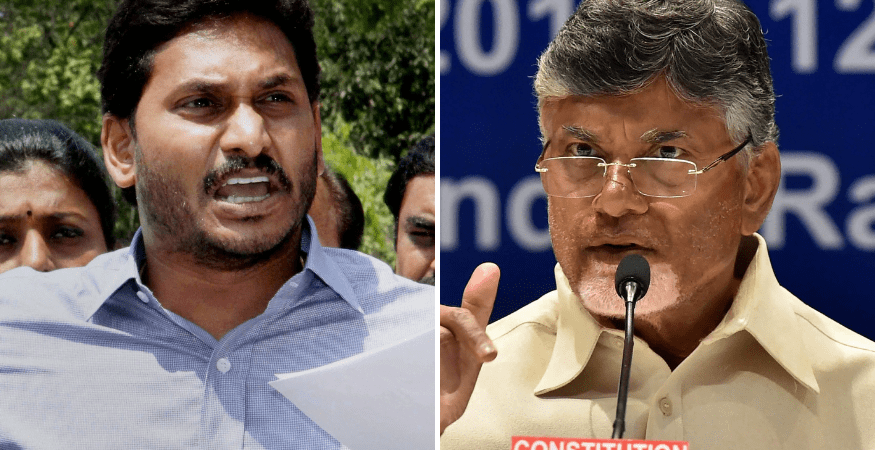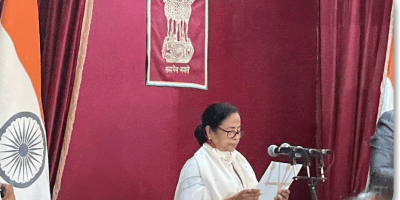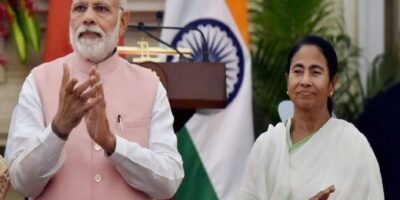In Andhra Pradesh’s Palnadu Region, Political Violence Evokes Memories of a Centuries-old War

The YSRCP-TDP tussle is just the latest chapter in the area’s bloody history where two stepbrothers and kings fought the Mahabharata of their era
In the 12th century, two royals and stepbrothers were engaged in a bitter conflict in Palnadu, part of present-day Andhra Pradesh’s Guntur district. Before his death, king Anuguraju of the Palanati Kalachuri dynasty had anointed his son Nalagamaraju as his successor and left him to the care of the minister Brahmanaidu.
Nalagama’s stepbrother was Malidevaraju, who was married to a princess of the Kalyani branch of the Kalachuris. At this time, Brahmanaidu, who was a staunch Vaishnavaite, founded a new sect called Veera Vaishnavism against the prevalent Veera Shaivism and allowed equal status to the untouchables. This spurred the conservatives to rise in opposition led by a woman named Nagamma who became Nalagamaraju’s chief adviser.
As the hostility became more apparent, Malideva moved to Macherla and set up a separate kingdom there and Brahmanaidu went along with him. Skirmishes between the two kingdoms intensified and Nagamma, under the pretext of Malideva’s defeat in a cockfight, exiled him and his associates for seven years from Palnadu, but refused to hand over their territory after the decided period. A massive war, in which most neighbouring kingdoms took sides and often described as the Mahabharata of its era, was fought in Karempudi on the banks of the river Naguleru around 1178 to 1182. Nalagamaraju emerged victorious while Malidevaraju died fighting. A whole generation of the warriors of Andhra perished in the conflict.
Centuries later, a battle is brewing in Palnadu yet again with Andhra Pradesh’s ruling YSR Congress Party (YSRCP) led by chief minister Jagan Mohan Reddy and the opposition Telugu Desam Party (TDP) engaged in turf tussle, while the Bharatiya Janata Party (BJP) too is looking to make inroads. On Monday, authorities stopped Andhra BJP chief Kanna Lakshminarayana from proceeding towards the area to participate in a dharna against alleged harassment of party workers by police. Both the YSRCP and TDP have accused each other of violence against their cadres while Section 144 of the CrPC and Section 30 of The Police Act, regarding restrictions on people assembling in an area, have been imposed in Palnadu.
Andhra Pradesh has been simmering after the TDP alleged that several of its workers have been killed and hundreds faced attacks from YSRCP members, mostly in Palnadu, since election results were declared in May with Jagan Mohan Reddy emerging as the winner. TDP chief N Chandrababu Naidu has also been denied permission to visit Atmakur town of Kurnool district on September 18 where his party workers were allegedly assaulted. He and his son Nara Lokesh were earlier put under house arrest while trying to organise a Chalo Atmakur rally on September 11.
The TDP claims that its cadres were targeted by the YSRCP and false cases foisted on them at the behest of local leaders. The opposition party also set up a “rehabilitation shelter” in Guntur for its sympathisers who were allegedly attacked by members and supporters of the YSRCP. According to Naidu, about 120 families fled the area after YSRCP came to power.
The ruling party has also alleged that several of its activists were subjected to violence by TDP workers in Atmakur and announced a counter rally. As the confrontation snowballed, authorities set up restrictions in the area.
Addressing a press meet in Guntur district on Sunday, superintendent of police R Jayalakshmi said political leaders will not be allowed in the sensitive villages as a precautionary measure, but there is no bar on the media. She also said that the situation in Palnadu is under control and peaceful, so the police will not allow any outsider to disrupt it. TDP leaders, however, have compared the situation to the state of affairs in Kashmir.
Observers say people from Palnadu and parts of adjoining Rayalseema take great pride in their roots. In most of the faction-ridden villages and towns of the area, stories of Nalagamaraju and Malidevaraju are often told and retold. In post-Independence India, these village-level rivalries took political colour as every faction chose to side with one political party or the other. This culture, in a way, has shaped the politics of the state as a number of top leaders, including chief ministers, hailed from these parts. Like in the 12th century battle, many have died in the region over pride and one-upmanship between relatives. The YSRCP-TDP tussle is just the latest chapter in Palnadu’s bloody history.
Related News

Mamata Banerjee Takes Oath As Bengal Chief Minister For 3rd Time
Mamata Banerjee Takes Oath As Bengal Chief Minister For 3rd Time The oath taking ceremonyRead More



Comments are Closed